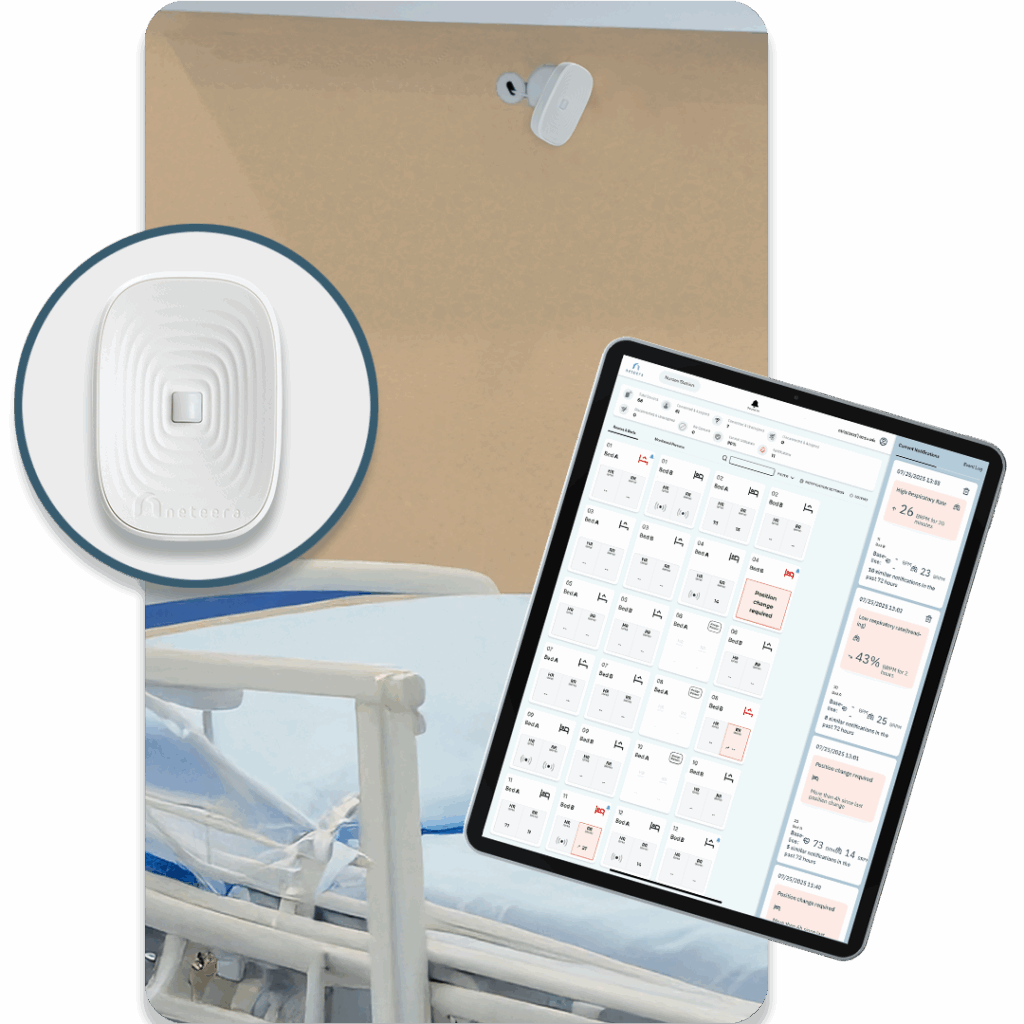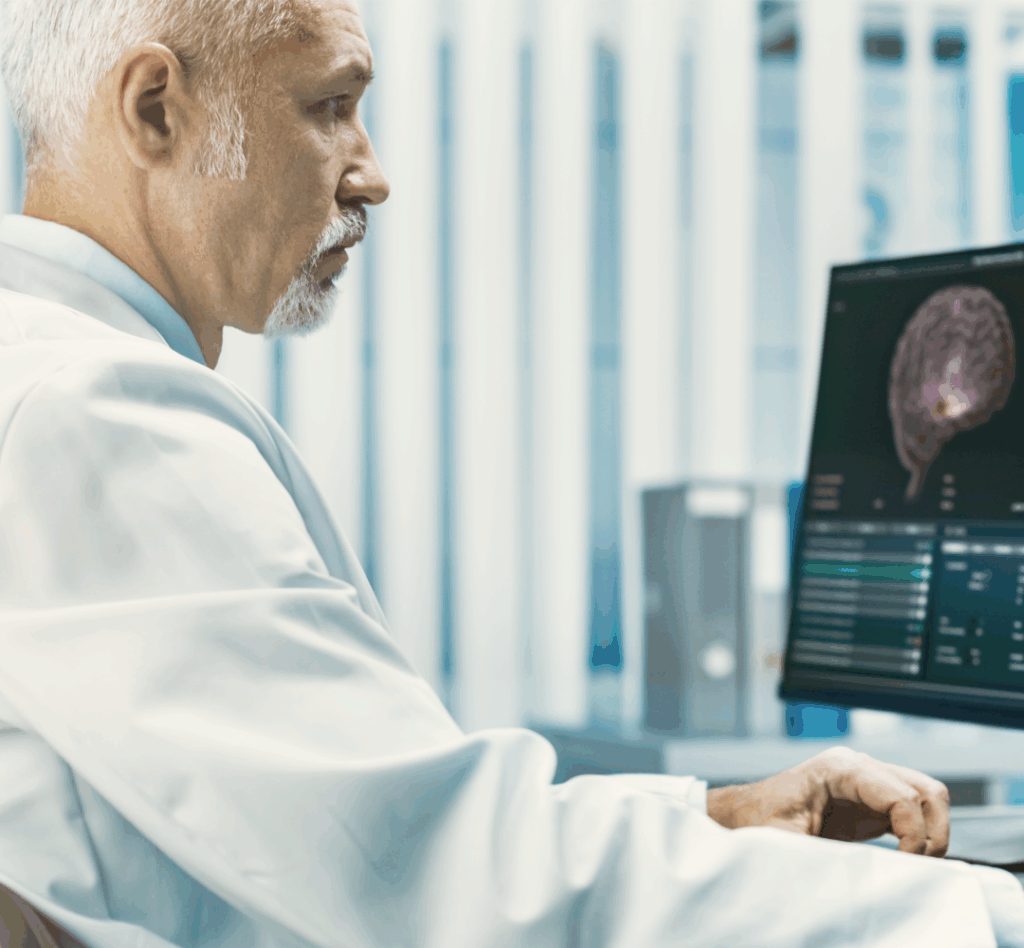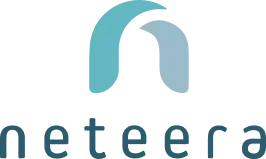Revolutionizing RPM for Physicians
Whether PCPs, palliative caregivers, cardiologists, or neurologists, our contactless monitoring solution delivers benefits for each setting.
Revolutionizing RPM for Physicians
Whether PCPs, palliative caregivers, cardiologists, or neurologists, our contactless monitoring solution delivers benefits for each setting.
Primary Care • Cardiology
Palliative Care • Neurology
• Primary Care
• Cardiology
• Palliative Care
• Neurology
Scale Patient Care Delivery With Contactless RPM Solutions
Heart
Rate
Our vital signs monitoring enables accurate heart rate tracking, aiding early detection of potential cardiac issues and promoting timely interventions.
Respiratory
Rate & Depth
The Neteera System helps clinicians monitor and analyze key respiratory parameters. Respiration rate and depth, as well as inhale/exhale ratios, provide critical insights.

Bed Exit &
Movement
Receive timely notifications when a patient leaves the bed, often within 30 seconds of exit. These alerts can reduce risk of falling or injury. Tracking bed exit frequency and duration plus mobility monitoring can help tailor care and early intervention.

Position
Changes
Customized timing aligns with your protocols and can alert when patient is still for an extended period. Your team can also use this information to prevent pressure ulcers, provide 24/7 care, and take proactive action.

Contactless connection. Extensive patient data.
• Real-time vital and activity data
• Centralized dashboard
• Smart alerts tailored for each patient
• AI-driven trend analysis
• Protects patient privacy and comfort
Contactless Remote Patient
Monitoring For Your Care Setting
PRIMARY CARE
Monitor effortlessly: Provide continuous care oversight without requiring active patient involvement.
Enhance preventive care: Implement a first-line-of-defense approach to manage diverse conditions across large patient populations.
Prioritize patient care: Quickly identify patients who may need immediate attention.
Detect changes early: Use real-time data insights to identify changes in patient conditions that could indicate developing issues.
Reduce unnecessary visits: Implement timely interventions to help prevent needless office visits.
Improve patient management: Focus resources on direct patient care, instead of monitoring logistics and time spent on manual data collection.


CARDIOLOGY
- Enhance patient comfort and privacy: Provide a monitoring solution that eliminates traditional wires, stickers, and frequent patient check-ins.
- Gain critical heart metrics: Use around-the-clock monitoring to capture critical cardiac metrics without the limitations and discomfort of traditional monitoring solutions.
- Enhance clinical oversight: Close gaps in patient data with continuous, accurate measurement of key metrics analyzed and reported using AI-powered algorithms.
- Simplify monitoring workflows: Reduce monitoring complexity for patients and clinicians without the limitations and time commitment of traditional monitoring.
PALLIATIVE CARE
- Detect symptoms early: Identify changes in patient condition before symptoms become severe.
- Provide earlier family notification: Set individual patient alert parameters to personalize care and allow families to be present during critical moments.
- Elevate care delivery: Provide dignified, compassionate care tailored to each patient’s needs without discomfort or disruption.


NEUROLOGY
- Collect longitudinal data: Gain consistent, comprehensive insights into patterns, changes, and assessment data to aid care of complex neurological conditions.
- Monitor effortlessly: Eliminate wearables, cameras, and cumbersome medical monitoring equipment for a simplified, streamlined approach.
- Make evidence-based decisions: Get a clearer picture of patient health over time for more informed clinical decisions.
- Reduce patient discomfort: Minimize the monitoring-related patient burden of wearables and check-ins while maintaining data quality.
- Enhance accuracy and empathy: Manage complex neurological conditions with automated delivery of precise vital insights that give clinicians more time to focus on patient interactions.
Contactless Remote Patient
Monitoring For Your Care Setting

PRIMARY CARE
Monitor effortlessly: Provide continuous care oversight without requiring active patient involvement.
Enhance preventive care: Implement a first-line-of-defense approach to manage diverse conditions across large patient populations.
Prioritize patient care: Quickly identify patients who may need immediate attention.
Detect changes early: Use real-time data insights to identify changes in patient conditions that could indicate developing issues.
Reduce unnecessary visits: Implement timely interventions to help prevent needless office visits.
Improve patient management: Focus resources on direct patient care, instead of monitoring logistics and time spent on manual data collection.

CARDIOLOGY
- Enhance patient comfort and privacy: Provide a monitoring solution that eliminates traditional wires, stickers, and frequent patient check-ins.
- Gain critical heart metrics: Use around-the-clock monitoring to capture critical cardiac metrics without the limitations and discomfort of traditional monitoring solutions.
- Enhance clinical oversight: Close gaps in patient data with continuous, accurate measurement of key metrics analyzed and reported using AI-powered algorithms.
- Simplify monitoring workflows: Reduce monitoring complexity for patients and clinicians without the limitations and time commitment of traditional monitoring.

PALLIATIVE CARE
- Detect symptoms early: Identify changes in patient condition before symptoms become severe.
- Provide earlier family notification: Set individual patient alert parameters to personalize care and allow families to be present during critical moments.
- Elevate care delivery: Provide dignified, compassionate care tailored to each patient’s needs without discomfort or disruption.

NEUROLOGY
- Collect longitudinal data: Gain consistent, comprehensive insights into patterns, changes, and assessment data to aid care of complex neurological conditions.
- Monitor effortlessly: Eliminate wearables, cameras, and cumbersome medical monitoring equipment for a simplified, streamlined approach.
- Make evidence-based decisions: Get a clearer picture of patient health over time for more informed clinical decisions.
- Reduce patient discomfort: Minimize the monitoring-related patient burden of wearables and check-ins while maintaining data quality.
- Enhance accuracy and empathy: Manage complex neurological conditions with automated delivery of precise vital insights that give clinicians more time to focus on patient interactions.
Ready to transform
patient monitoring in your practice?
Take the next step and request a demo today.


